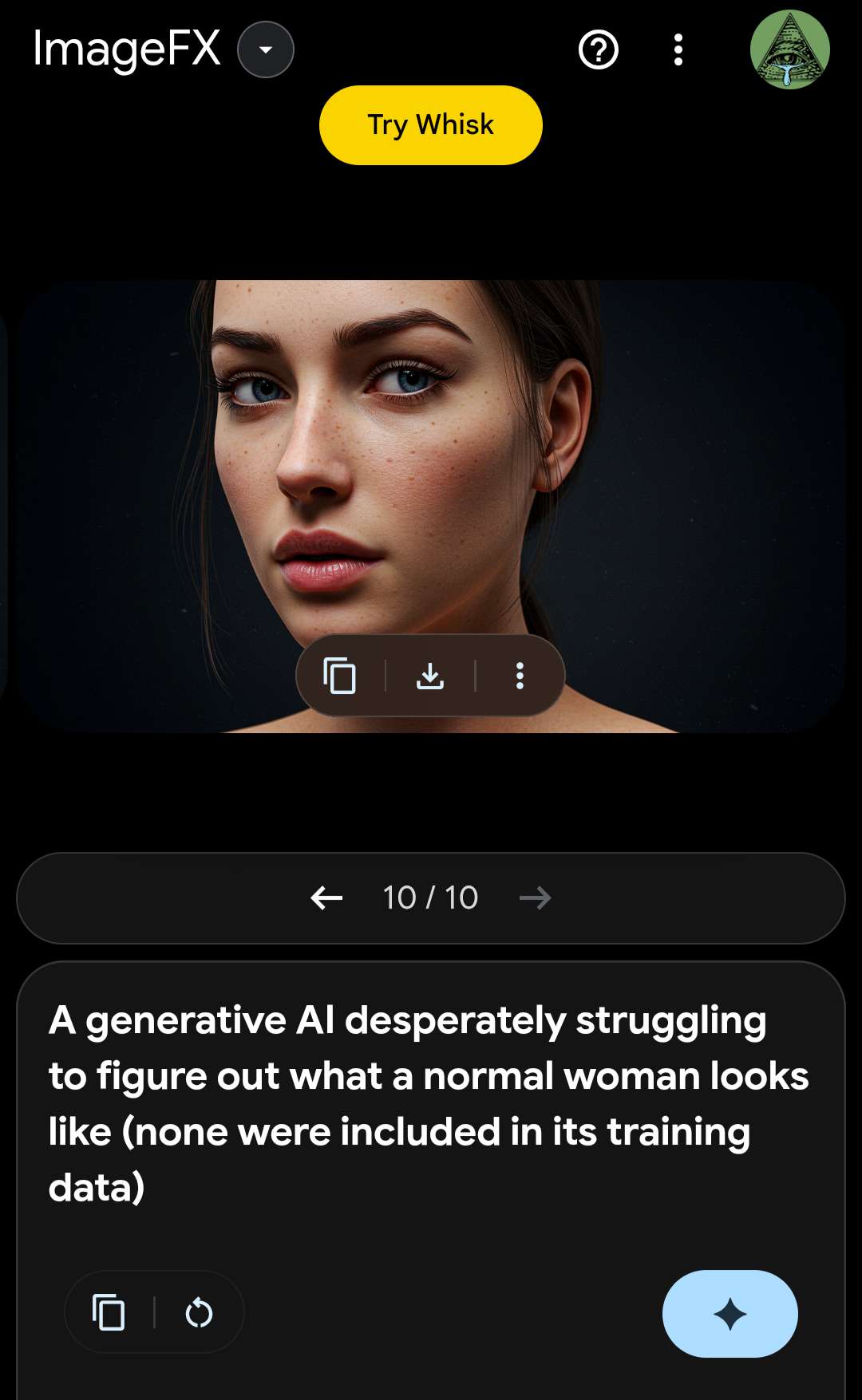
When reading Aella's posts on hotness scales for women ( https://aella.substack.com/p/womens-hotness-scale ) and men ( https://aella.substack.com/p/mens-hotness-scale ), her post on hotness measurement methodology ( https://aella.substack.com/p/people-are-delusional-about-how-hot ), and her SMV quiz ( https://www.guidedtrack.com/programs/tsvy965/run ), it occurred to me that a lot of the input data that's informing it all doesn't actually specify what precisely they mean by hotness/attractiveness in a statistical sense, which could cause the end results to be distorted by there being different groups using the different interpretations.
@WilliamGunn Multiple different valences can be combined into a single metric, albeit usually with some information loss. As long as one doesn't mistakenly think that the single metric is the full story, and instead uses it as a maximally concise summary or starting point, then I think it can still be useful. HDI doesn't tell you everything about what it's like to live in a country, but it still somewhat conveys the big picture. Which valences did you have in mind?
@TheAllMemeingEye Just because you can, doesn't mean you should. It's exactly the things that are lost that are the most important, things like how the way they dress interacts with the way they are shaped & the way they speak. You do want a holistic measure, but you're not going to find any agreement holistically. Yes, people can agree that a picture of a face is pretty, but they'll diverge again when other factors come in, like when they speak. It's the way things, on which their might be general agreement, interact to yield the holistic impression that makes this a doomed project (unless, as suggested before, one is just trying to stimulate conversation and debate towards other ends.) I'll leave others to guess what those ends might be.
I would've included women in the banner image too but Google ImageFX seems to be incapable of conceptualising any women other than generic supermodels

